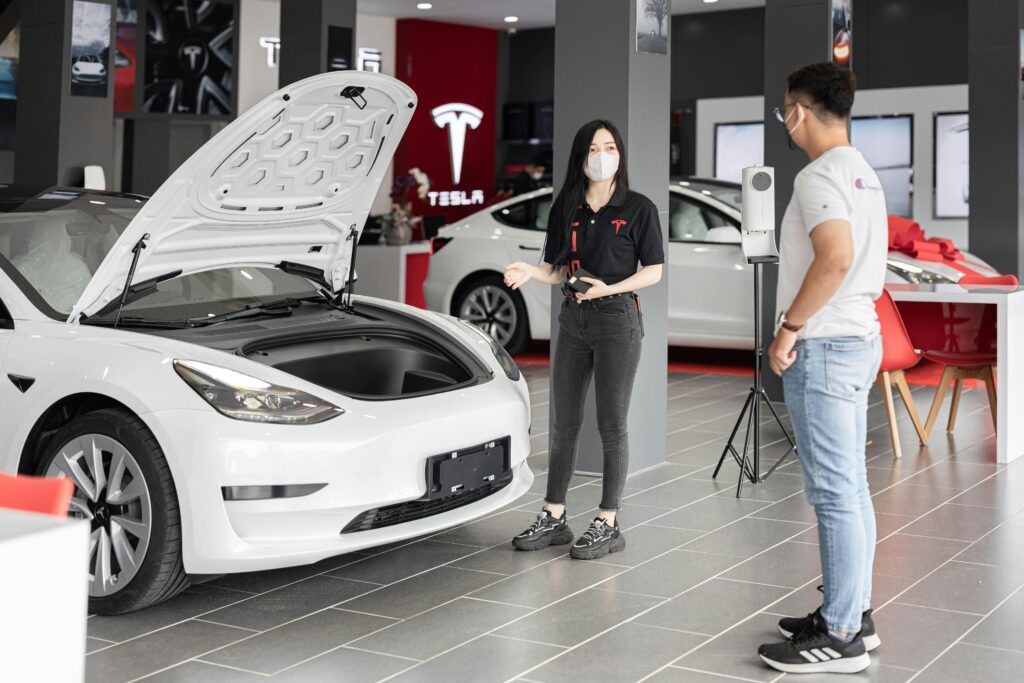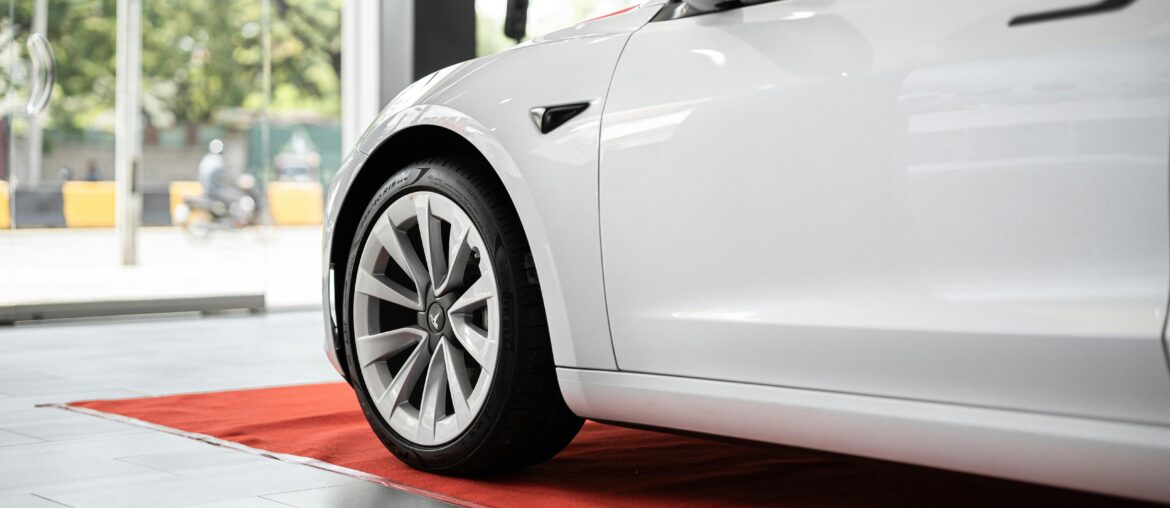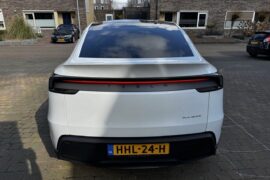So, you’re thinking about buying a second-hand Tesla Model 3? Smart move. A used Model 3 can be a fantastic deal if you know what to look for. But navigating the second-hand EV market isn’t the same as picking up a used petrol car. Here’s a comprehensive Second-Hand Tesla Model 3: Buyer’s Guide to help you make an informed decision.
And here’s the best part: Prices for used Model 3s are dropping across mainland Europe. Tesla’s aggressive price cuts on new cars have pushed resale values down, meaning you can now find a well-maintained Model 3 at a bargain compared to just a year ago. With more used inventory on the market, now is the perfect time to hunt for a deal.
Let’s break down what you need to know before buying.

Why a Used Tesla Model 3?
A second-hand Tesla Model 3 offers a unique value proposition. You get cutting-edge tech, an established Supercharger network, and (depending on the model) thrilling performance—all without paying the steep price of a brand-new one. Plus, depreciation hits EVs hard in the first few years, meaning you can score a great deal if you shop wisely.
But before you jump in, let’s talk about what you really need to check.
1. The Battery: Your Biggest Concern
The battery is the heart (and most expensive part) of any EV. Unlike an engine in a petrol car, replacing a Tesla battery can cost upwards of €10,000. Here’s how to make sure you’re not buying a dud:
- Check the range: A Tesla Model 3 Standard Range originally had around 409 km, while the Long Range pushed 560+ km. Use the in-car display to see the estimated max range at 100% charge. If it’s significantly lower, the battery has degraded.
- Ask about charging habits: Frequent DC fast charging (Supercharging) can accelerate battery wear. A car that was mostly charged at home on AC power is a better find.
- Look at degradation stats: If possible, use third-party apps like TeslaFi or Scan My Tesla to check battery health. Most Model 3 batteries only lose about 5-10% of capacity over 5-7 years, so anything worse could be a red flag.
2. Autopilot, FSD & Software Lockdowns
Tesla’s software-based features are a minefield for second-hand buyers.
- Basic Autopilot (AP) is included on all Model 3s, giving you lane-keeping and adaptive cruise control.
- Enhanced Autopilot (EAP) adds Navigate on Autopilot, Auto Lane Change, and Summon.
- Full Self-Driving (FSD) is the most expensive package, but beware—it stays with the owner’s account, not the car. If the previous owner bought FSD but removed it before selling, you’re out of luck.
- Pro Tip: Check the “Software” tab on the Tesla screen to see what features are included. Don’t take a seller’s word for it.
3. Warranty & Free Supercharging (Or Not)
Tesla’s warranty varies:
- Battery & Drive Unit:
- 8 years / 160,000 km (Standard Range)
- 8 years / 192,000 km (Long Range & Performance)
- Basic Vehicle Warranty: 4 years / 80,000 km
If you’re buying a 2019 Model 3, the general warranty might be gone, but the battery and drive unit warranty could still be active. Check Tesla’s VIN lookup tool to confirm.
Some older Model 3s also had free Supercharging for life, but Tesla has been known to remove this perk when transferring ownership.
4. Check the Exterior (But Not Like a Normal Car)
Since a Tesla Model 3 doesn’t have an engine, there are some different things to look for when inspecting the car:
- Panel gaps & misalignment: Tesla’s build quality isn’t always perfect. Uneven panel gaps can suggest factory defects or previous damage.
- Glass roof & windows: Look for chips or cracks—Tesla’s glass roof replacements can be expensive.
- Door handles & trim: Tesla’s flush door handles can wear out. Make sure they open smoothly.
- Wishbones (control arms): Tesla Model 3s (especially early models) are known for worn-out or squeaky wishbones (control arms). If you hear a creaking noise when turning or going over bumps, it could indicate wear. Replacing these parts can be costly, so make sure to test drive and listen carefully.
- Signs of water leakage in the trunk: Some Model 3s, particularly early production versions, have been reported to leak water into the trunk due to poor seals. Open the trunk and check under the carpet for dampness, mould, or water residue. If you notice any, it could lead to electrical issues or corrosion over time.
Checking these areas could save you thousands in unexpected repairs, so don’t overlook them!
5. The Hidden Tesla Costs
Buying a used Tesla Model 3 isn’t just about the sticker price. Factor in:
- Home charging setup: If you don’t already have a home charger, installing one could cost €500-€2,000.
- Software upgrades: If the car is missing features like Premium Connectivity (€9.99/month) or FSD (up to €15,000 new), you might want to budget for that.
- Service & repairs: While Teslas have fewer moving parts than petrol cars, repairs can be pricey and a nuisance especially if you don’t live near a Tesla Service Center.
Where to Buy?
Your best bets for a used Model 3:
- Tesla’s official used inventory is often pricier, but they come inspected and with a limited warranty.
- Certified dealerships: Some offer extended warranties on used Teslas.
- Private sellers: More risk but often the best deals. Just make sure to inspect thoroughly and verify all features before buying.
- Online platforms: In Europe, websites like AutoScout24, Mobile.de, and EV-specific marketplaces often list used Model 3s.

Final Verdict: Is It Worth It?
A used Tesla Model 3 can be an incredible deal, especially if you find one with a well-maintained battery, a solid warranty, and useful software features still attached. And with prices dropping across Europe, now is one of the best times to buy. But do your homework Tesla’s ever-changing software policies and hardware differences mean you need to be extra careful before pulling the trigger.
If you want cutting-edge tech, fast acceleration, and a guilt-free way to outrun petrol cars at traffic lights without paying full price a second-hand Model 3 might be the perfect rebel move.




